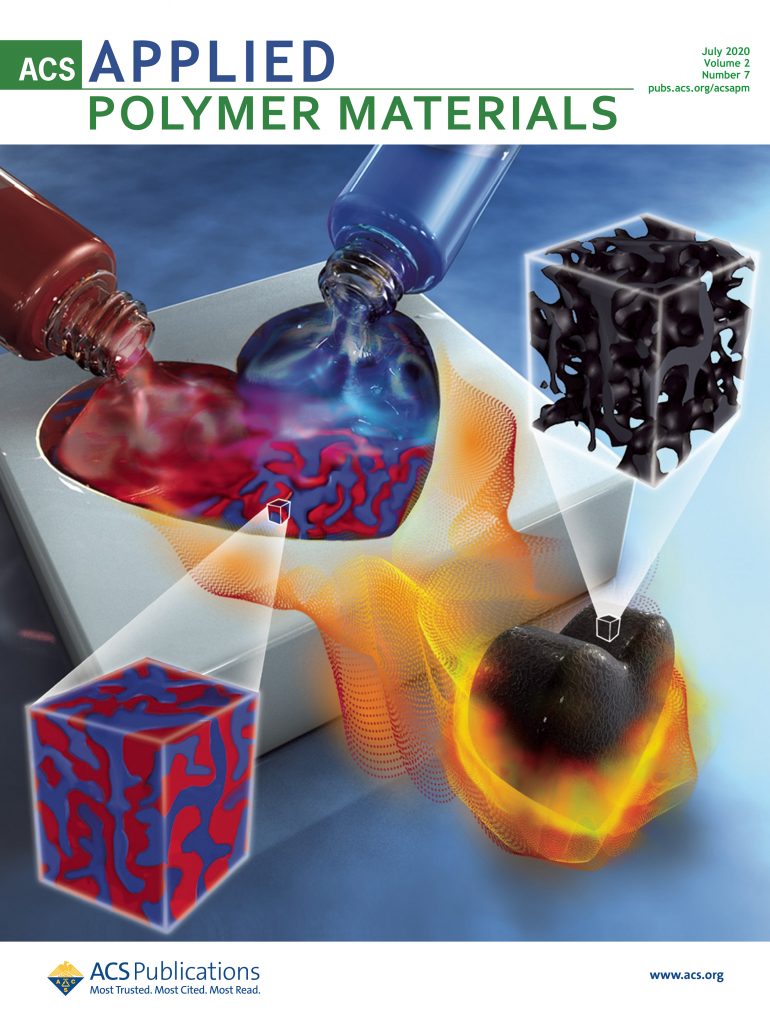360 度 VR 视频对旅游网络使用行为的影响:网络可浏览性和视觉界面设计质量的作用
IF 4.4
2区 化学
Q2 MATERIALS SCIENCE, MULTIDISCIPLINARY
引用次数: 0
摘要
目的本实证研究采用刺激--有机体--反应(SOR)理论模型,旨在研究和验证游客与旅游网站上的 360 度虚拟现实(VR)视频的互动如何结合网络导航性和视觉界面设计质量(刺激),从而提高游客的参与度和满意度(有机体),使他们更愿意访问旅游目的地并传播电子口碑(反应)。研究结果研究结果表明,360 度 VR 视频显著提高了网络用户参与度,网络用户参与度与网络用户满意度显著相关。结果表明,网络用户参与度和满意度会影响旅游目的地的访问意向。此外,网络用户满意度也会影响电子口碑。最后,可浏览性和视觉界面设计质量在 360 度 VR 视频和网络用户参与度之间有明显的调节作用。实践意义旅游营销人员不仅应采用 360 度 VR,还应整合网络导航和视觉界面设计,以提高网络用户在旅游网站上的参与度。原创性/价值本研究从游客心理角度推进了对 VR 的研究。此外,还从 VR 和科技旅游的角度重新审视了 SOR 理论。它提供了对发展中国家游客行为方面的一般理解。本文章由计算机程序翻译,如有差异,请以英文原文为准。
The influence of 360-degree VR videos on tourism web usage behaviour: the role of web navigability and visual interface design quality
Purpose
Using the stimulus–organism–response (SOR) theoretical model, this empirical research aims to examine and validate how tourists’ interactions with 360-degree virtual reality (VR) videos incorporating Web navigability and visual interface design quality (stimulus) on travel websites can make tourists more engaged and then satisfied (organism), which could make them more likely to visit destinations and spread electronic word of mouth (e-WOM) (response).
Design/methodology/approach
Using the convenience sampling method, 975 responses were collected through a questionnaire. The data were analysed using Smart-PLS 4 software to investigate the hypothesised relationships.
Findings
The findings demonstrate that 360-degree VR videos significantly create Web user engagement, and Web user engagement is significantly associated with Web user satisfaction. The result shows that Web user engagement and satisfaction impact the intention to visit the tourist destination. Additionally, Web user satisfaction impacts e-WOM. Lastly, navigability and visual interface design quality are significantly moderated between 360-degree VR videos and Web user engagement.
Research limitations/implications
This research only examined the tourists’ behavioural intentions with 360-degree VR videos during the pre-travel phase. In contrast, future research may investigate how tourists behave with VR during the on-site and post-travel phases.
Practical implications
Tourism marketers should not only adopt 360-degree VR but also integrate Web navigability and visual interface design to boost Web users’ engagement on tourism websites.
Originality/value
This study advances the study of VR from the tourists’ psychological perspective. Moreover, the SOR theory has been re-examined from the VR and technology tourism perspectives. It provides a general understanding of the behavioural aspects of tourists in developing countries.
求助全文
通过发布文献求助,成功后即可免费获取论文全文。
去求助
来源期刊

ACS Applied Polymer Materials
Multiple-
CiteScore
7.20
自引率
6.00%
发文量
810
期刊介绍:
ACS Applied Polymer Materials is an interdisciplinary journal publishing original research covering all aspects of engineering, chemistry, physics, and biology relevant to applications of polymers.
The journal is devoted to reports of new and original experimental and theoretical research of an applied nature that integrates fundamental knowledge in the areas of materials, engineering, physics, bioscience, polymer science and chemistry into important polymer applications. The journal is specifically interested in work that addresses relationships among structure, processing, morphology, chemistry, properties, and function as well as work that provide insights into mechanisms critical to the performance of the polymer for applications.
 求助内容:
求助内容: 应助结果提醒方式:
应助结果提醒方式:


